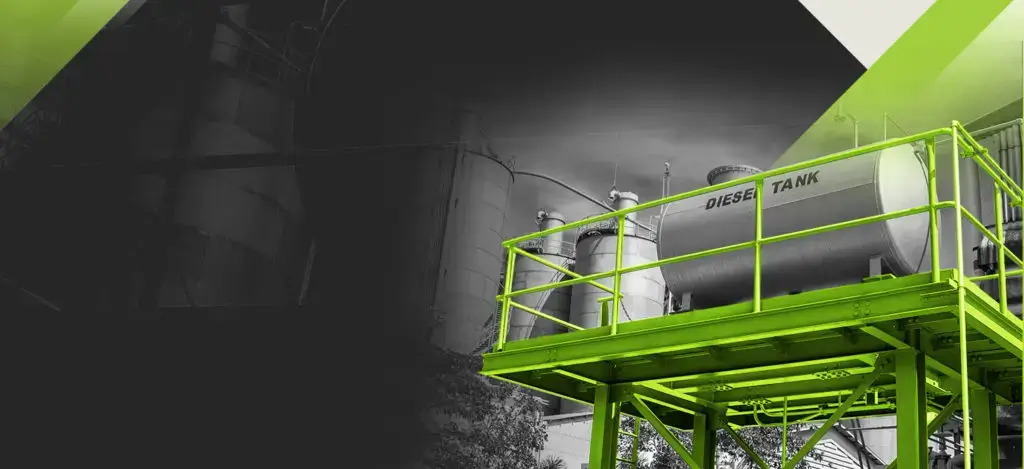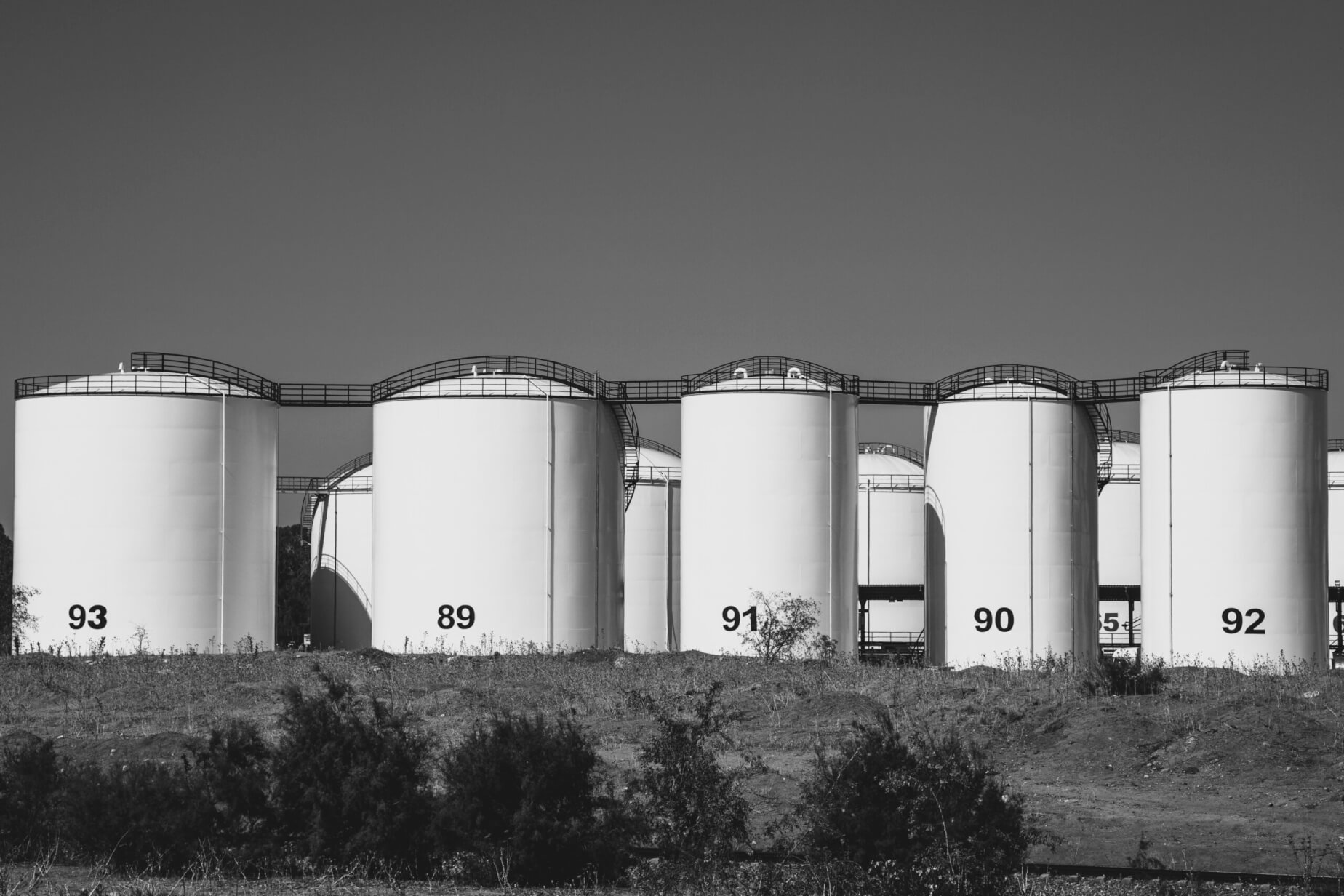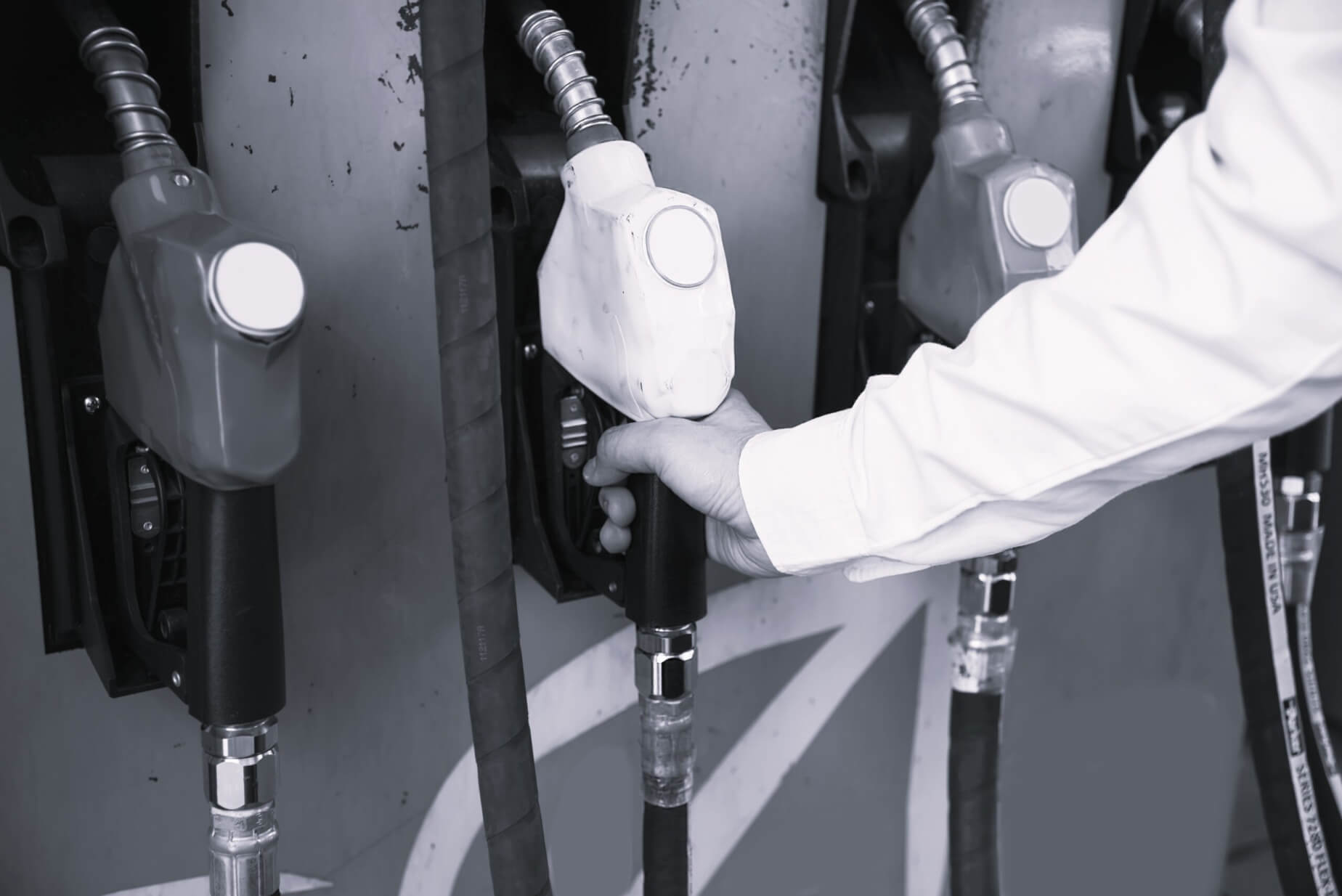Diesel fuel is a critical resource for emergency preparedness, powering generators, machinery, and vehicles when other energy sources are unavailable. However, its storage comes with challenges, particularly due to the limited shelf life of modern diesel. Regulatory changes have reduced sulfur content, improving environmental impacts but compromising fuel stability. This article explores how long can you store off-road diesel, the factors affecting its longevity, and proven methods to extend its shelf life.
Storing Off-Road Diesel
Off-road diesel is an essential fuel for agricultural equipment, construction machinery, and other heavy-duty operations. While its uses are vast, one of the most pressing concerns for users is its shelf life. Knowing how long can you store off-road diesel without losing quality? This article will answer that question while providing actionable tips to extend the life of your fuel.

How Long Diesel Fuel Can Be Stored?
Determining precisely how long does diesel fuel last, or the shelf life of diesel fuel in storage, can be challenging. Typically, off-road diesel can be stored for up to 1 year without the need for additional additives, fuel stability treatments, or biocides.
On average, diesel fuel lasts between 6 to 12 months in storage. But, with ideal storage and maintenance, this timeframe can increase. To keep diesel fuel good for longer, it helps to store it cool, around 70 degrees Fahrenheit. Adding biocides and stabilizers also preserves its quality. With optimal management, including temperature control and contamination prevention, this period can extend up to 1.5 to 2 years. Key factors influencing diesel’s shelf life include:
- Temperature: High heat accelerates fuel degradation.
- Contamination: Presence of water or microbial growth shortens lifespan.
- Storage Conditions: Proper tank maintenance and environmental controls are essential.
When keeping red diesel for more than a year, adding biocide or a stabilizer agent may be necessary to prevent microbial growth or oxidation in the storage tank and the gradual degradation of the fuel.
Since ultra-low sulfur diesel (ULSD) has gained popularity, it has made fuel a lot more unstable; under the best conditions, it’s possible to store off-road diesel for a maximum of two to three years.
One of the biggest threats to the long-term storage of off-road diesel is moisture.
Given time, water in the form of condensation will form in storage containers and contribute to the growth of bacteria, which can cause the fuel to take on a sludgy consistency.
Although degraded diesel may still function in equipment or vehicles, the old diesel fuel will begin to cause severe damage to sensitive internal components such as the fuel injector or your diesel engine.
So while you now know the answer to “Does dyed diesel go bad?” how can you make it last longer with proper storage?
How Long Does Diesel Take To Go Bad?
Diesel degrades due to several factors:
- Hydrolysis: Water mixing with diesel causes chemical reactions that break down the fuel.
- Microbial Growth: Bacteria and fungi thrive in the water-diesel interface, creating sludge and acids that corrode tanks and damage engines.
- Oxidation: Oxygen exposure leads to the formation of gum, sludge, and acids, which reduce diesel efficiency.
Signs of bad diesel include rust in the tank, a sludgy appearance, and clogged filters. Even if degraded diesel still powers machinery, it may damage sensitive components like fuel injectors over time.
Best Ways to Store Diesel Fuel
The best approach to successfully keep the diesel fuel storage life for a year or more is to consider how the fuel is stored carefully.
Ideally, off road diesel tank should remain well-insulated from moisture and temperatures above 70 degrees Fahrenheit to inhibit fuel degradation. So, the key to preserving diesel is maintaining the right storage environment.
Here are the three main ways to properly store off-road diesel for future use:
1. Portable Cans
When storing limited quantities of off-road diesel, 2- or 5-gallon steel jerry cans are an excellent choice.
For optimal fuel preservation, opt for portable cans that comply with OSHA, DOT, CARB, and EPA standards.
While plastic storage cans are acceptable, it’s crucial to ensure the material is made from HDPE (high-density polyethylene), as other forms of plastic can begin to break down rapidly in prolonged contact with diesel fuel.
It’s worth mentioning that while HDPE may degrade at a slower rate, this material is not impervious to degradation over extended periods and can eventually lead to leaks or contaminate the fuel.
2. Storage Drums
Another option is to store off-road diesel in 55-gallon drums, upright or horizontally, on steel storage racks.
This method suits individuals who use dyed diesel in large amounts on demand at various job sites.
It’s important to note that, like with portable cans, it’s necessary to fill the storage drums to the brim and endeavor. This is to keep them full whenever possible. Any air left at the top of the tank can contribute to condensation, which accelerates the degradation of your diesel shelf life.
3. Above Ground or Below Ground Stand-Alone Tank
Storing large quantities of off-road diesel securely requires a stand-alone tank reserved exclusively for this fuel.
The capacities of these tanks range from as little as 100 gallons up to 1,000 gallons or more.
To help alleviate issues with fuel degradation from temperature fluctuations, keep these storage tanks in a dry, cool environment to prevent getting water in the fuel.
For improved preservation of off-road diesel in these tanks, consider placing the tank below ground.
If you go with a tank to keep your fuel stored, invest in a tank cleaning service every one to two years.
It’s important to note that OSHA compliance standards require storage tanks with a capacity of 1,000 gallons or more located above ground to be protected by a barricade to prevent collision with vehicles and equipment. Although, underground tanks provide better temperature regulation, above-ground tanks should be housed in shaded or insulated enclosures. Explore EPA diesel regulations for tank compliance.
In addition, the area surrounding the tank should be graded to ensure any spills or leaks do not come into contact with other structures and potentially reactive materials, causing chain reactions. For reliable long-term storage, follow NFPA 110 Guidelines, which provide detailed standards on maintaining diesel quality.
Understanding Diesel Fuel Storage And Its Longevity
When it comes to diesel fuel storage, there are several factors to consider. To ensure the fuel remains in optimal condition, you need to know the shelf life of diesel. Understanding its longevity is crucial for those who rely on it for their machinery and equipment.
Tips to Prolong Diesel Shelf Life
- Use Fuel Additives
Add stabilizers, biocides, and antioxidants to prevent microbial growth and oxidation. Avoid generic fuel treatments that claim to work for both diesel and gasoline. - Maintain Proper Temperature
Store diesel at a temperature between 20°F and 70°F. Extreme heat accelerates degradation, while cold reduces microbial growth. - Inspect and Clean Tanks
Regularly inspect tanks for signs of contamination. Clean tanks every 1–2 years to prevent sludge and water accumulation. - Invest in Professional Fuel Polishing Services
Polishing removes contaminants and stabilizes fuel. This service is particularly beneficial for large reserves stored for over a year.
Common Questions About Diesel Storage
Can Off-Road Diesel Be Stored Indefinitely?
No, even under ideal conditions, diesel fuel degrades over time. With proper additives and maintenance, its shelf life can extend to 2–3 years, but regular testing is crucial.
How Can I Tell If Diesel Has Gone Bad?
Look for signs like rust, sludge, clogged filters, or an unusual odor. Laboratory tests can confirm microbial contamination or high acid levels.
Does Bulk Buying Impact Diesel Longevity?
Bulk purchasing can save money but requires diligent storage and rotation to ensure the fuel remains usable.
How long can you store off-road diesel?
If you are wondering if diesel goes bad? Yes, diesel, like many substances, can degrade. Its longevity is shaped by a combination of environmental and storage factors. Diesel fuel is composed of organic compounds. Over time, these compounds can break down, especially when exposed to contaminants like water, dirt, or microbes. This degradation can make the fuel less efficient and even harm the machinery it powers.
How long is diesel good for?
Another question many are wondering is, “How long is diesel good for?” When stored in optimal environments, diesel has the potential to remain viable for a duration spanning from half a year up to a full year without undergoing major quality loss. However, its shelf life can be extended with the right additives and storage practices. It’s essential to store diesel in a cool, dry place, away from direct sunlight. Regularly checking the storage tanks for water or contaminants can also help prolong the fuel’s life.
Now you know how long you can You store off-road diesel in your diesel fuel storage tank. What’s Next?
Now that you know the answer to “How long can you store diesel fuel”. At Fuel Logic, we provide convenient, no-contract off-road diesel delivery services that save our clients valuable time and money.
We accommodate orders of any volume, whether it’s only a few gallons a month to maintain farm equipment or a bulk diesel fuel order for an entire fleet of vehicles.
Our services are available nationwide 365 days a year, and we assign dedicated account managers to every order to ensure rapid, hassle-free delivery and proper fuel route planning every time.
Visit us online today to learn more about our off-road diesel delivery solutions.





